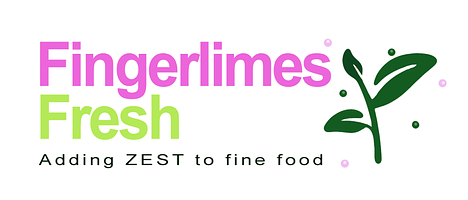Nursery and Grower consulting services
We offer an extensive range of consulting services for the Finger lime industry
Finger Limes Fresh provides professional nursery, processing and export facilities to finger lime growers. In addition, Finger Limes Fresh offers a management advisory service for new and current growers covering all aspects of finger lime farming with the goal of creating sustainable growth for this emerging agri-food market.
|
|
Nursery
The nursery is a large facility that has capacity for the propagation of 100,000 plants annually. The plants are either propagated by cutting (majority) or grafting (whip/side grafts on a variety of scion stock). Plants are supplied to wholesale nurseries and commercial growers.
You can order trees from our associate company Rosebank Growers www.rosebankgrowers.com.au
This company also supplies other bush foods such as lemon myrtle, lemon aspen, strawberry gum and more.
Tissue Culture
In 2019 Fingerlimes Fresh established a tissue culture facility for supply of plantlets to wholesale nurseries and to allow propagation of finger lime varieties year round.
Addition of large heat beds also facilitates propagation through the cooler months of June to September.
These facilities are also providing Lemon myrtle (Backhousia citriodora) cuttings and plantlets for commercial growers and wholesale nurseries.
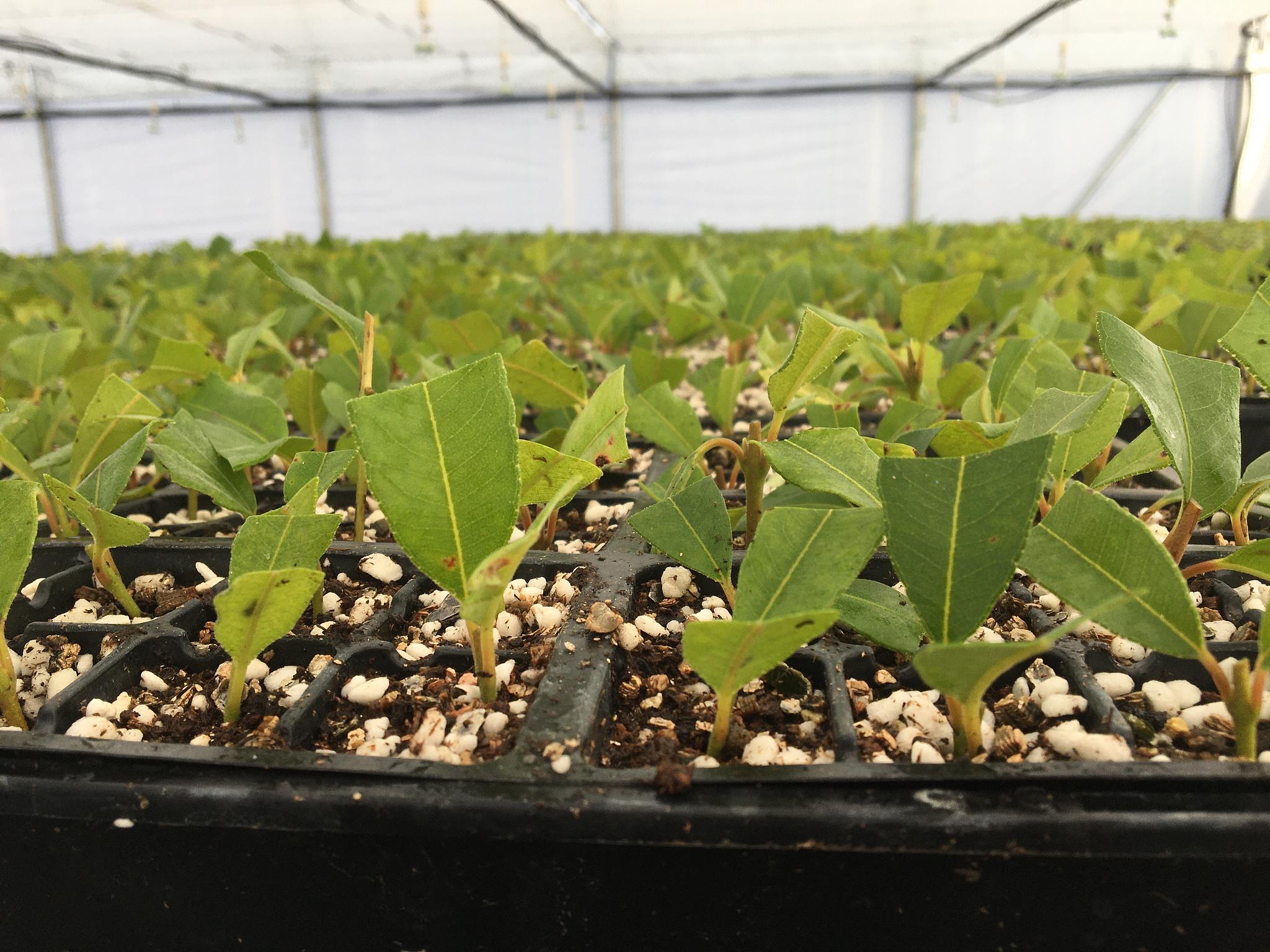
Processing facilities
Processing facilities include large cool rooms, washing, waxing and drying processors, grading, pulping, sorting and packing machines. The processing facilities are licensed by the NSW Food Authority to process fruit and fruit products.
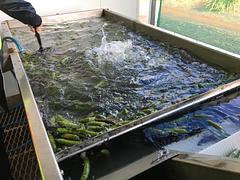 |
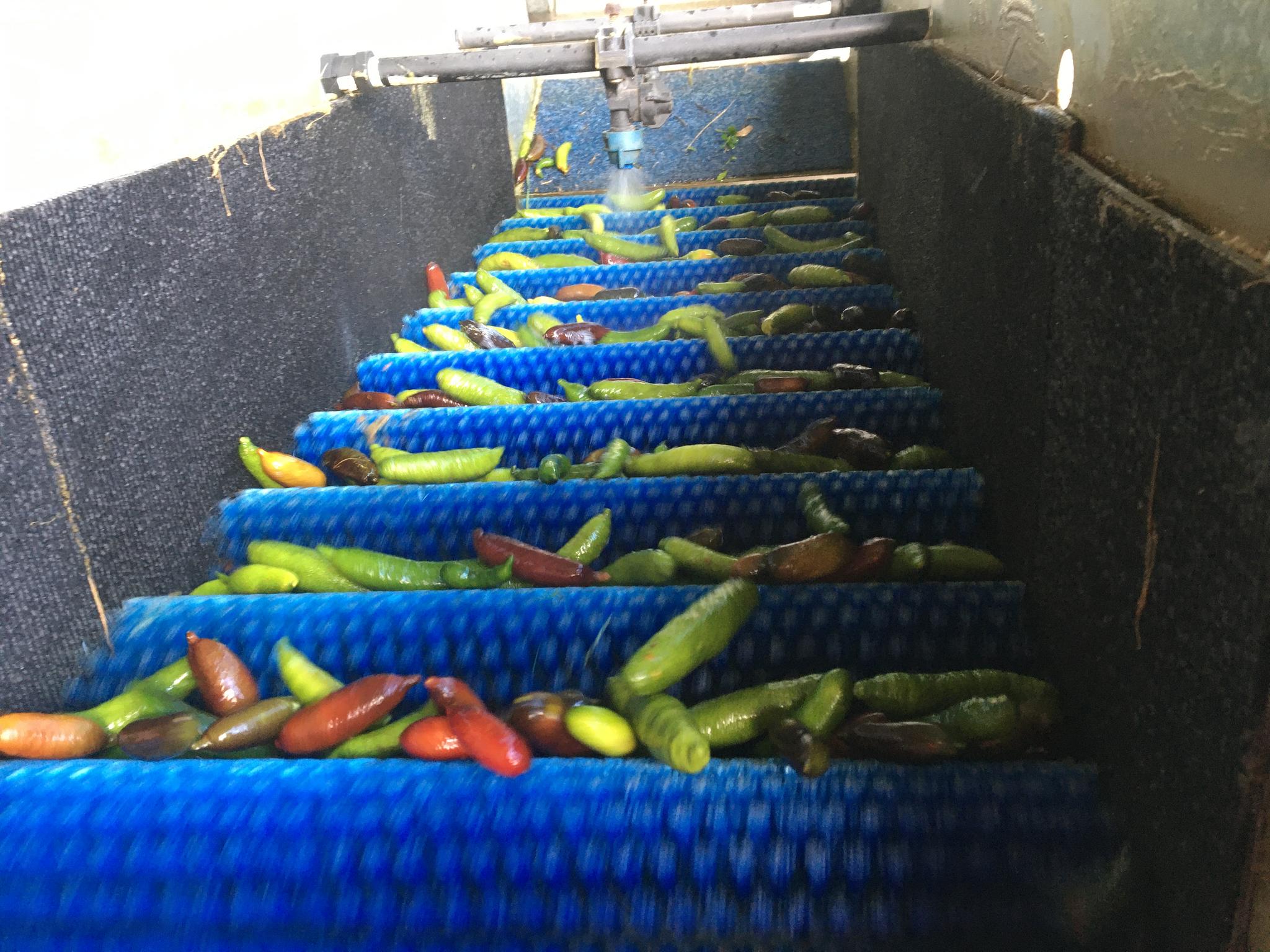 |
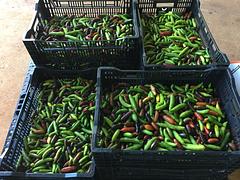 |
Grower Suitability
Many enquiries focus on the need to ‘grow something’ to replace slashing grass or weeds in a hectare or more in a small rural block.
There is also a desire to provide a income from a sustainable crop.
There are several important considerations before you consider finger limes as an income producer.
1. What is your previous horticultural experience?
2. What is your market? – Farmer’s Markets, Regional Market agents, Direct to restaurants or finally exporting.
3. What is the suitability of available land and the local conditions for growing finger limes?
4. What infrastructure do you have? – Irrigation, orchard equipment (sprayers / tractors / mowers etc)
5. What resources are available in your area? – Transport, pickers, Ag suppliers etc and how much time do you have?
6. What is the current/future NFG return of finger limes?
Firstly the following comments are ours, and may not be in agreement with other growers. This is an emerging industry and has remained in the background for a number of reasons that are addressed in the above questions.
It is our opinion that the industry will never achieve market acceptance and recognition until large producers become active. Growers to date have been dominated by small ‘hobby farmers’ of 300 to 1000 trees of varying varieties.
There is a small group of 1000 – 4000 trees and even smaller group of growers with large number trees.
Many of the smaller growers have been coordinated/aggregated for volume supply by brokers or agents.
There are some issues for growers here. Mainly you become a price taker and will find competition from larger growers increasing. The returns these small growers receive will decline as large producers with capital intensive operations will become the predominant supply chain.
There is an increasing requirement for accreditation and food safety especially to Market agents and for export.
Freshcare and Global Gap are now mandatory for these markets.
Farmers markets and direct to Restaurants are probably the only market available to small growers.
However, these are very small markets with supply demand already met by many small growers.
You should also be aware that finger limes are now grown in many areas of the world and include California, Guatemala, Morocco, South Africa, Spain, Italy, Malaysia and Thailand. Some of these countries/areas have an advantage in that they are fruit fly free. Australia is NOT and is prohibited from exports to markets such as Japan.
The story is similar to Macadamia nut.
Some good news !
The market/demand has grown at a very fast rate in the past 2 years.
However so has the requirement for quality, variety and accreditation.
Growing Finger Lime
So after all that information you still want to grow finger limes!
Basics
You need a soil that is well drained and a pH of 5 – 6.5 OR use a citrus root stock that will be optimal in higher pH.
You should plant in a North South alignment.
You will require drip irrigation (more efficient than sprinkler). Water requirements vary as to season conditions and age of plant. You may need up 20L per tree per week. for 1000 trees this is 20,000L.
You can fertilise with a band spreader (prill) or fertigate using the dripper system.
You need to prune the tree each year – To remove dead branches and to open up the tree to prevent fungal problems and to keep the tree at a manageable height and width for picking.
Finger limes are NOT orange or lime trees in size and do NOT need to be planted as a traditional citrus orchard.
You can plant in higher density. For example 1.5m between trees and 4m centres on rows.
The rows are normally mounded (500mm) to minimise/reduce wet feet and optimise contouring and run off.
4m between row allows for access of trucks/tractors etc. It is also optimal for mowers 60-70" or more.
The trees need fertilizer 3 times a year – 300gm per plant (established)
The trees need addition foliar sprays of Zn, Mg, Cu and S.
You will need to spray Copper (Cu) and Sulphur (S) sprays for mites and fungal control
You will need to spray / bait for fruit fly
You will need to introduce a program for control of citrus bugs
You will need to keep weeds and grass in check with regular understory spraying (quad bike).
Yields
Some growers have boasted of 15 – 20kg per tree.
It is a bit like asking what colour is a rainbow.
Growing a tree to 6m may produce 20kg but it is very difficult to pick and is mainly vegetation.
The mantra for orchard growers in the Apple/Pear industry and more modern plantings of common fruit crops is – “Are you growing fruit or trees?”. The net result of a large tree is most of the energy (fertilizer) goes into the tree not the fruit, which generally results in smaller lower quality fruit.
The exercise is about optimal planting density vs yield and ROI per Ha.
In our experience the best yielding varieties produce approx 1- 2 kg in year 2 with an increase of 1 – 2 kg per year to year 6. The tree height will be maintained at 1.8M
However selecting A grade for sale results in a high wastage (as high as 50%).
Different varieties produce a wide range of foliage and structure .
Some are woody, upright and open , others weepy, low and dense.
The dense foliage is prone to fungal issues unless well (savagely) pruned.
Harvesting
The fruit flowers in July/August (for the latitude of this farm) and fruit is ready in early December to June.
Most varieties peak in January/February. Some varieties will fruit all year with flushes in December/January and again in April/May.
The fruit is picked direct into buckets with a harness support that allows both gloved hands to pick.
The gloves are long heavy duty gardening (rose) gloves. Long sleeve shirts are desirable as well as eyeware.
The fruit should not be picked wet. it is more susceptible to splitting and oleosis.
It should be stored dry before packing or distribution.
Post Harvest Processing
Fingerlimes Fresh have a post harvest process that includes a wash in hyochlorite or peracetate (to sanitise and reduce bacterial load), scrubbing to remove grass and other rubbish, drying and waxing for some varieties.
The wax reduces dehydration and extends shelf life.
The waxing process also involves a quality grading line before boxing.
The processed limes are then stored at 8C in cool rooms before distribution. They will last up to a month at 8ºC if processed as described.
Seconds or fruit older than 1 week is processed in the food grade kitchen and the beads (caviar) extracted by specially designed equipment for packaging into sachet or zip lock bags.
There is also a market for seconds and the rind waste from extracting the pulp. The cosmetics and food processing industry is exploring finger limes as additives in products.
Fruit is also packed into punnets on a punnet machine.
